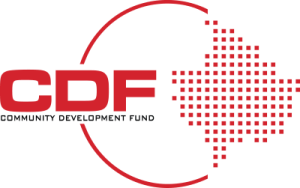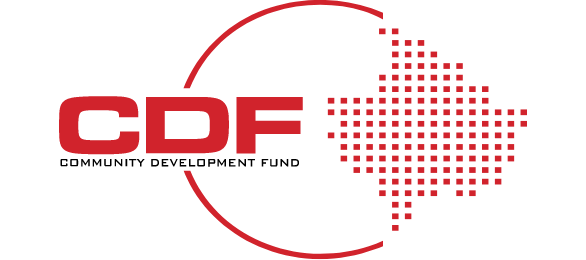Creating a growth-driven organizational culture is an imperative for any Micro, Small, and Medium Enterprises (MSMEs) aspiring for success. Not only does it shape your daily operations, but it also forms the backbone of your growth and scaling endeavors. This comprehensive handbook is tailored to the unique needs and conditions of Kosovo’s MSMEs and provides a step-by-step guide on how to build a culture that propels your business forward.
The Importance of Organizational Culture
The culture of an organization is essentially its DNA. It dictates how your employees interact with each other, approach their tasks, and deal with challenges. A well-defined, growth-oriented culture can be the catalyst your business needs to scale effectively.
Key Components of a Growth-Driven Culture
- Vision and Mission Statements
These are not mere words on a paper; they are the guiding philosophies that everyone in your organization should understand and work towards.
- Core Values
Core values are the fundamental beliefs that guide the internal conduct of the business as well as its relationship with the external world.
- Employee Engagement
An engaged employee is more likely to contribute meaningfully to the business. Use regular check-ins, performance reviews, and open channels of communication to ensure high levels of engagement.
- Learning and Development
Offering continual learning opportunities not only attracts high-quality talent but also fosters a culture of growth and improvement.
Steps to Cultivate a Growth-Driven Culture
- Leadership Buy-in
The first step is to ensure that the leadership is on board with the vision for a growth-driven culture. Their actions and decisions will set the tone for the rest of the organization.
- Open Communication
Open and transparent communication is the bedrock upon which a growth-driven culture is built. It allows for quick problem-solving and encourages a collaborative atmosphere.
- Encourage Innovation
Companies that encourage innovation are more likely to grow and adapt to market changes. Create an environment where employees feel safe to share their ideas.
- Measure and Reward Performance
Key Performance Indicators (KPIs) should be established, and employees should be rewarded based on their contributions to these metrics.
Best Practices to Sustain a Growth-Driven Culture
- Regular Reviews and Feedback Sessions
Periodic reviews and feedback sessions provide opportunities to assess the effectiveness of your culture-building strategies. For instance, a small manufacturing firm in Prizren could use quarterly employee surveys to gauge the impact of its new mentorship program, adjusting strategies as needed.
- Adapt and Iterate
The business environment is dynamic, especially in Kosovo. Be prepared to adjust your cultural strategies in line with market trends, customer demands, and employee feedback. For example, a design agency in Gjakova could tweak its in-house training programs to include new design software that is gaining popularity, thus keeping its team updated and competitive.
- Celebrate Successes
Acknowledging and celebrating successes, however small, can have a positive impact on employee morale and reinforce the growth-driven culture. A Kosovo-based agribusiness could hold an annual awards ceremony to recognize and reward employees who have made notable contributions to sustainability efforts, thereby reinforcing one of its core values.
Creating a growth-driven organizational culture is a long-term investment that pays off in sustainable business development and competitive advantage.








